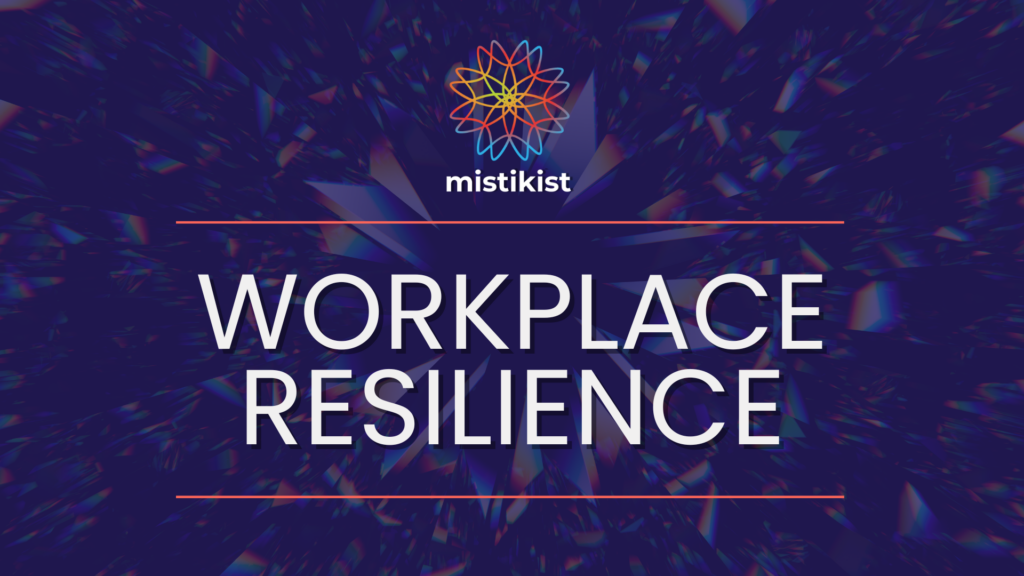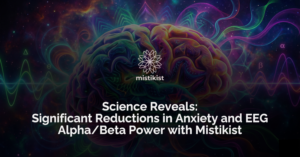In today’s fast-paced and ever-evolving work environment, the ability to bounce back from stress and adversity—resilience—has become an indispensable trait. Understanding the neuroscience behind workplace resilience can shed light on why employees often feel overwhelmed and how their productivity can be enhanced through strategic interventions.
The Brain’s Stress Response System
At the core of understanding workplace resilience is the brain’s intricate stress response system. The amygdala and prefrontal cortex play pivotal roles in how we perceive and react to stress.
- Amygdala: Often referred to as the brain’s alarm system, the amygdala is responsible for processing emotions and detecting threats. When it perceives danger, it triggers the “fight-or-flight” response, which prepares the body to react swiftly. However, in a high-stress work environment, an overactive amygdala can lead to heightened anxiety and reactivity.
- Prefrontal Cortex: This part of the brain is involved in higher-order functions such as decision-making, problem-solving, and regulating emotional responses. It acts as a counterbalance to the amygdala, helping to evaluate threats and control emotional impulses. Chronic stress can impair the prefrontal cortex, reducing its ability to regulate the amygdala’s responses effectively.
The interplay between the amygdala and prefrontal cortex is crucial for maintaining balance. When this balance is disrupted by continuous stress, it can lead to cognitive impairments and emotional exhaustion, contributing to decreased productivity.
Neurobiological Factors Influencing Resilience
Resilience is influenced by a combination of genetic, developmental, and neurobiological factors:
- Genetics and Early Life Experiences: Genetic predispositions and early experiences shape our baseline resilience. Adverse childhood experiences can sensitize the stress response system, making individuals more susceptible to stress in adulthood.
- Neurotransmitters and HPA Axis: Neurotransmitters like serotonin and dopamine are vital for mood regulation and stress response. The hypothalamic-pituitary-adrenal (HPA) axis controls the release of cortisol, a hormone that plays a key role in the stress response. Dysregulation in these systems can result in heightened stress sensitivity and mood disorders.
Neuroplasticity: Building Resilience
One of the most promising aspects of neuroscience is the concept of neuroplasticity—the brain’s ability to reorganize itself by forming new neural connections. Neuroplasticity operates on several levels:
- Molecular and Synaptic Plasticity: Mechanisms such as long-term potentiation (LTP) and long-term depression (LTD) allow neurons to strengthen or weaken their connections, facilitating learning and memory.
- Structural Plasticity: This involves the growth of new neurons (neurogenesis) and the formation of new synapses. Activities like physical exercise and mental challenges can promote structural plasticity.
- Functional Plasticity: The brain’s ability to shift functions from damaged areas to undamaged areas enhances emotional regulation and cognitive flexibility, which are essential for adapting to stress.
By leveraging neuroplasticity, we can develop targeted interventions to enhance resilience. Practices like mindfulness meditation, cognitive-behavioral therapy (CBT), and physical exercise have been shown to foster neuroplastic changes that improve stress management and emotional regulation.
The Impact of Chronic Stress on the Brain
Chronic stress can have profound effects on brain structure and function, particularly in areas responsible for emotional regulation and cognitive processes. Prolonged stress exposure leads to:
- Allostatic Load: This refers to the cumulative burden of chronic stress on the body and brain. High allostatic load can result in various health issues, including cardiovascular problems, immune dysfunction, and metabolic disorders, all of which can further undermine resilience.
- Structural Changes: Chronic stress can cause atrophy in the prefrontal cortex and hippocampus, areas critical for memory and executive function, while hypertrophying the amygdala, increasing its sensitivity to stress.
Practical Applications and Interventions
Organizations can apply neuroscientific insights to build a resilient workforce. Here are some effective strategies:
- Brainwave Entrainment: With audio – visual stimuli, brainwaves can be regulized and, therefore, the level of stress-related incoherent beta brainwaves are reduced.
- Cognitive-Behavioral Approaches: CBT helps individuals reframe negative thought patterns, improving their ability to cope with stress.
- Neurofeedback and Biofeedback: These technologies provide real-time feedback on neural activity, helping individuals learn to modulate their stress responses.
Conclusion
The neuroscience of workplace resilience offers a powerful framework for understanding and addressing employee stress and productivity. By recognizing the roles of the amygdala and prefrontal cortex, the influence of genetic and developmental factors, and the potential of neuroplasticity, organizations can develop effective strategies to enhance resilience. Emphasizing supportive leadership, fostering a positive organizational culture, and promoting adaptive coping strategies are key to creating resilient workplaces that thrive in the face of challenges.
By integrating these neuroscientific insights, we can better support our employees’ well-being, leading to more resilient and productive work environments.










